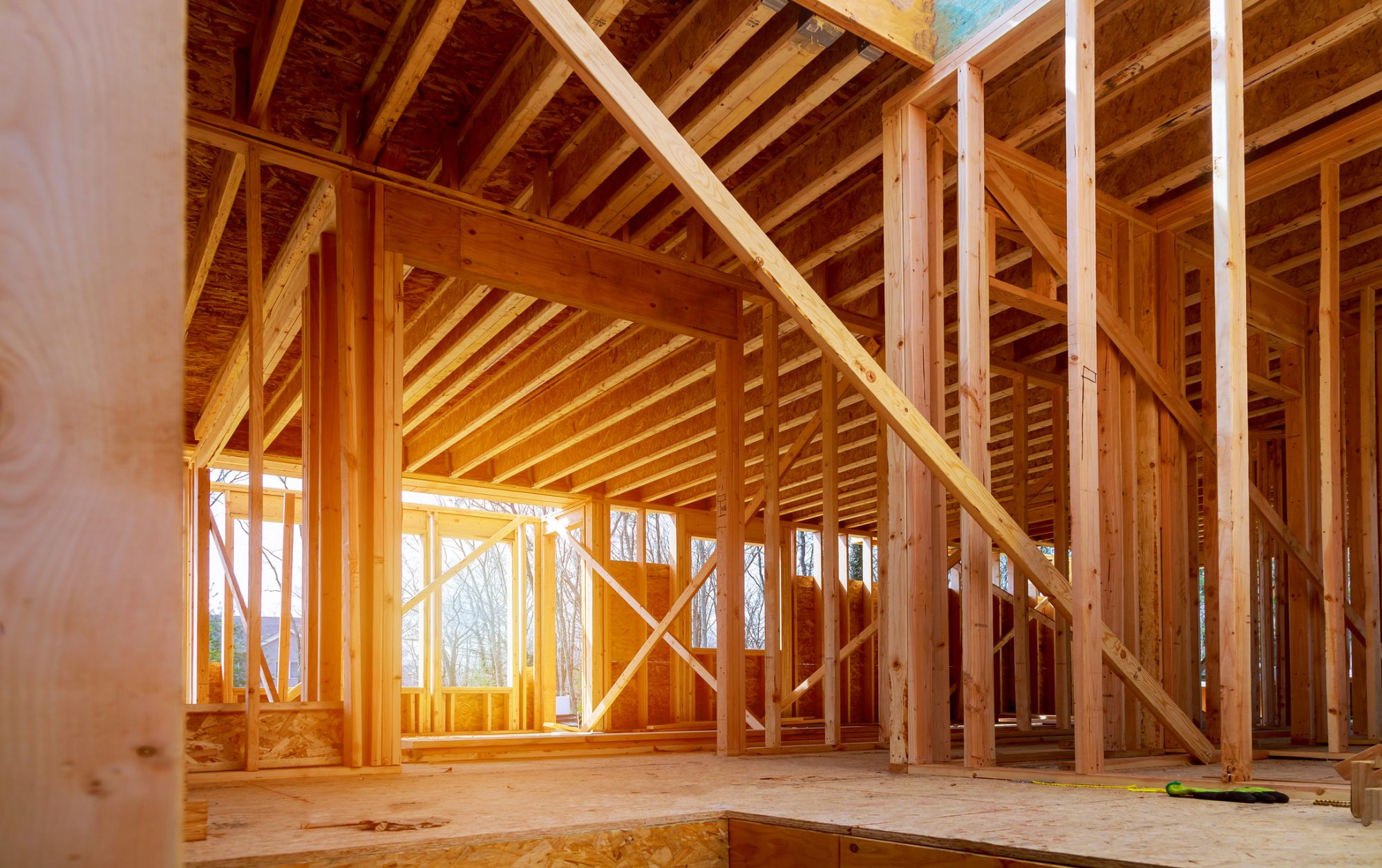In a new report, the EAC has recommended increasing the use of wood in construction and expanding forestry to help achieve the UK’s 2050 net-zero targets
Over the last year, industry experts have informed MPs on the best approaches to scaling up the domestic timber sector and increasing the use of wood in construction across the UK.
These inquiries have come in response to the Climate Change Committee’s (CCC) recognition of timber as a crucial factor in decarbonising the built environment.
The EAC has urged the government to support the UK sawmilling sector to produce construction-grade timber products and engineered timber. The EAC has highlighted the carbon storage potential of timber, and its ability to replace high-carbon materials such as steel and concrete in the built environment.
Domestic timber production needs to be improved
The EAC also endorsed the All Party Parliamentary Group’s Timber Industries report. This report advised the government to improve supply resilience by increasing productive forestry via streamlined planting and introducing commercial softwood species targets.
The report suggests that domestic timber production can complement imports of timber from Sweden, Finland, and Latvia, which are essential to meeting long-term demand and increasing the use of wood in construction.
In the report, the EAC calls for the government to publish its timber-in-construction roadmap as soon as possible, to show how low-carbon timber construction in the UK can be boosted in the UK.
“It is great to see MPs in the Environmental Audit Committee once again acknowledge the pivotal role timber must play in decarbonising construction in the UK. The committee is right to argue for increased domestic timber production, with productive forests in the UK lagging well behind other European states,” said David Hopkins, CEO of Timber Development UK.
“However, as we have mentioned in our latest APPG report, increasing UK timber supply should be incentivised to complement, rather than replace, imported timber as UK supply alone cannot match demand, even in the medium/long term,” he continued.
The benefits of using wood in construction
Timber requires less energy to produce than non-timber alternatives, lowering costs for manufacturers and builders. Its lightweight nature eliminates the need for additional support structures, further reducing costs.
The lightweight and flexible nature allows complex projects to be completed quickly without compromising safety or quality control. This enables large-scale projects to meet tight deadlines without additional resources or personnel.
“It is excellent to see the Environmental Audit Committee recognise the importance of using more timber in construction. Timber is best used in long-term construction products like timber frames which have a much higher carbon storage potential than other short-term uses,” said Andrew Carpenter, CEO of the Structural Timber Association.
“With Europe witnessing record temperatures this week, it is now more important than ever we expand low-carbon timber construction and decarbonise one of our biggest polluters – the built environment,” he concluded.














